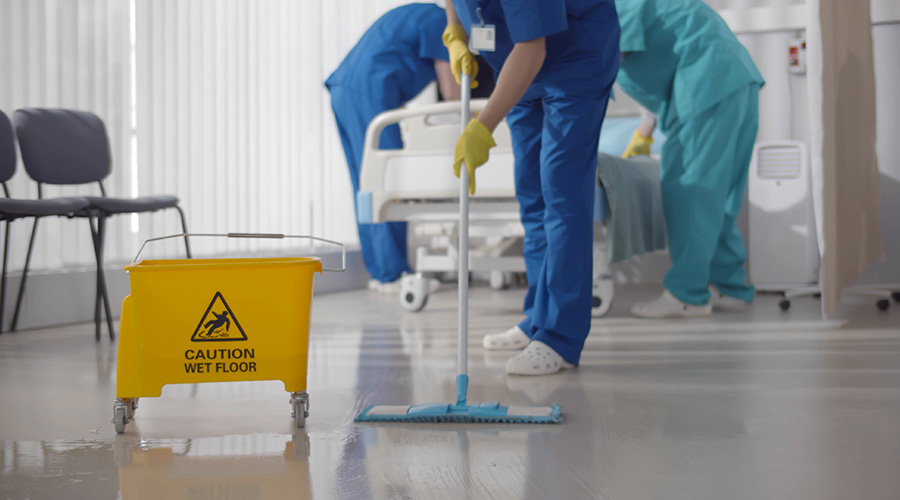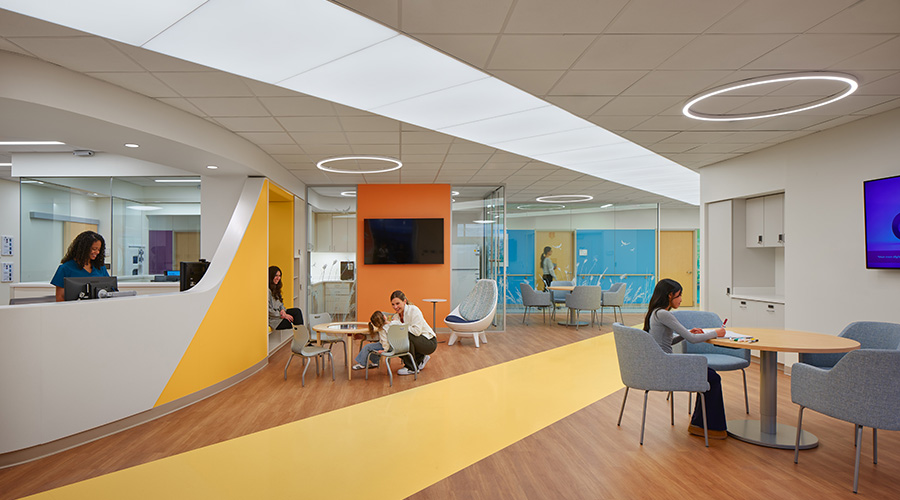The Centers for Disease Control and Prevention (CDC) reports that approximately 1 in 20 patients will acquire an infection during a stay in a healthcare setting where they are receiving medical or surgical treatment. These healthcare-associated infections (HAI) result in nearly $33 billion dollars in preventable healthcare costs per year.
With Medicare and Medicaid payments now tied to how well healthcare providers protect patients from hospital-acquired infections, reducing HAIs has become an even larger priority for healthcare facilities.
One of the major components to reducing HAIs is effective cleaning and disinfecting. Removing surface contamination within patient rooms is an important step to reducing HAIs.
In the Housekeeping Solutions magazine article, “Fighting Infections With Proper Cleaning And Disinfecting,” several hospital environmental service directors offer insights into the ways they and their staffs are cleaning to reduce HAIs.
The directors agree that educating their employees on cleaning procedures is an important first step in the process. One example mentioned in the article is how to use microfiber cloths to the best advantage.
Studies have shown that microfiber removes soil better than regular cloths because it physically picks up the dirt and other contaminants. But it is important to realize that the dirt can be picked up on one surface and deposited on another. To avoid this cross-contamination, the staff is given multiple cloths so they can use one per surface and place it in a bag for laundering. They are also taught not to dip a dirty cloth back into disinfectant water, according to Housekeeping Solutions.
Custodians are also trained to pay particular attention to cleaning high-touch surfaces such as bed rails, light switches and remote controls, but it can often be difficult to visually determine the effectiveness of this cleaning.
As a result, some healthcare environmental services departments are using adenosine triphosphate (ATP) meters to measure the cleanliness of rooms.
In the Contracting Profits magazine article “Disinfecting and ATP-Monitoring Commonly Touched Surfaces In Healthcare Facilities,” the merits of ATP meters are discussed —namely the ease of use of the devices and the rapid results, which allow for immediate re-cleaning of contaminated areas.
But infection-causing germs are growing increasingly resistant to standard chemical cleaners, so the environmental services departments in healthcare facilities are challenged with finding new technologies to aid in preventing HAIs.
Four specific pathogens that persist in the hospital environment are MRSA, VRE, C. difficile and Acinetobacter.
Some new technologies that are gaining traction in healthcare cleaning (specifically for C. difficile) are vapor steam and UV light.
A 2008 peer-reviewed study conducted by Antimicrobial Test Laboratories in Texas showed a steam vapor system from Advanced Vapor Technologies destroyed C. difficile spores in seconds on high-touch surfaces using a water-only method.
And the CDC is currently sponsoring a two-year study to measure the effectiveness of using no-touch environmental UV disinfection technology to clean in healthcare facilities.
Regardless of the outcomes of these case studies, it is clear the CDC and healthcare facilities have a vested interest in continuing to search for the best ways to eliminate HAIs.

 Contaminants Under Foot: A Closer Look at Patient Room Floors
Contaminants Under Foot: A Closer Look at Patient Room Floors Power Outages Largely Driven by Extreme Weather Events
Power Outages Largely Driven by Extreme Weather Events Nemours Children's Health Opens New Moseley Foundation Institute Hospital
Nemours Children's Health Opens New Moseley Foundation Institute Hospital Code Compliance Isn't Enough for Healthcare Resilience
Code Compliance Isn't Enough for Healthcare Resilience Ribbon Cutting Marks First Phase Completion for New Montefiore Einstein Facility
Ribbon Cutting Marks First Phase Completion for New Montefiore Einstein Facility